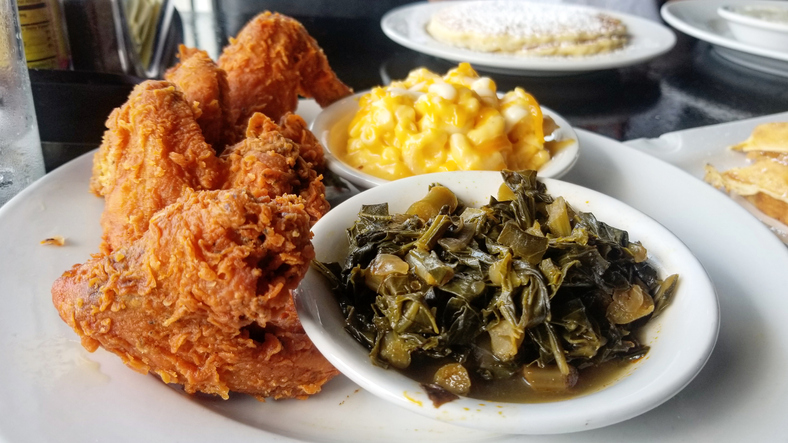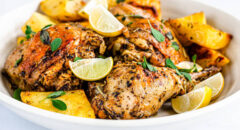 Looking for a way to lose weight, unveil your six-pack abs and/or reduce your abdominal-waist size? Then you may need to rethink your breakfast.
Looking for a way to lose weight, unveil your six-pack abs and/or reduce your abdominal-waist size? Then you may need to rethink your breakfast.
Here’s one tip: Instead of adding fruit to your cereal, add cereal to your fruit. But how much? And why?
Eating more fruit is a healthy and great tasting way to eat less processed carbs and sugars (which can be found in many cereals), and to eat more natural carbs and sugars (which can be found in fruit). Also, most fruit contains water and fiber, which assist with satiety (a feeling of fullness).
In addition, fruit has a natural checks and balances system. Translation: The sugar contained in fruit is balanced by its water and fiber content. This natural balance reduces the risk of spikes in insulin.
But which types of fruit should you be focusing on? What are the steps to a better bowl of cereal?
SIGN UP FOR OUR NEWSLETTER HERE!
Step I
- Fresh berries (which are a great source of free-radical fighting antioxidants), including: blueberries, raspberries, strawberries and blackberries.
- Bananas, which are a good source of potassium for muscle growth and repair.
Here are a few additional foods you can include before adding cereal:
- Dried fruit: Dried cranberries, wild blueberries and tart cherries are good sources of fatigue-fighting iron. Tart cherries also contain anti-inflammatory agents. However, use ½ handful (or less) to limit sugar intake. Consume the organic or all-natural version to avoid artificial colors and flavors.
- Raw nuts: a handful of pistachios, almonds and/or walnuts is a good source of stomach-filling fiber and heart-healthy unsaturated fats and Omega3.
- Ground flaxseed meal is a good source of heart-healthy Omega3 and lignans, a plant-based antioxidant. Flaxseed meal is also a good source of fiber, which assists with satiety.
Step II
Once your bowl is full with the foods listed, sprinkle about ½ cup (or less) of cereal.
Step III
Then add 1% low-fat milk. Almond milk is a healthy alternative.








